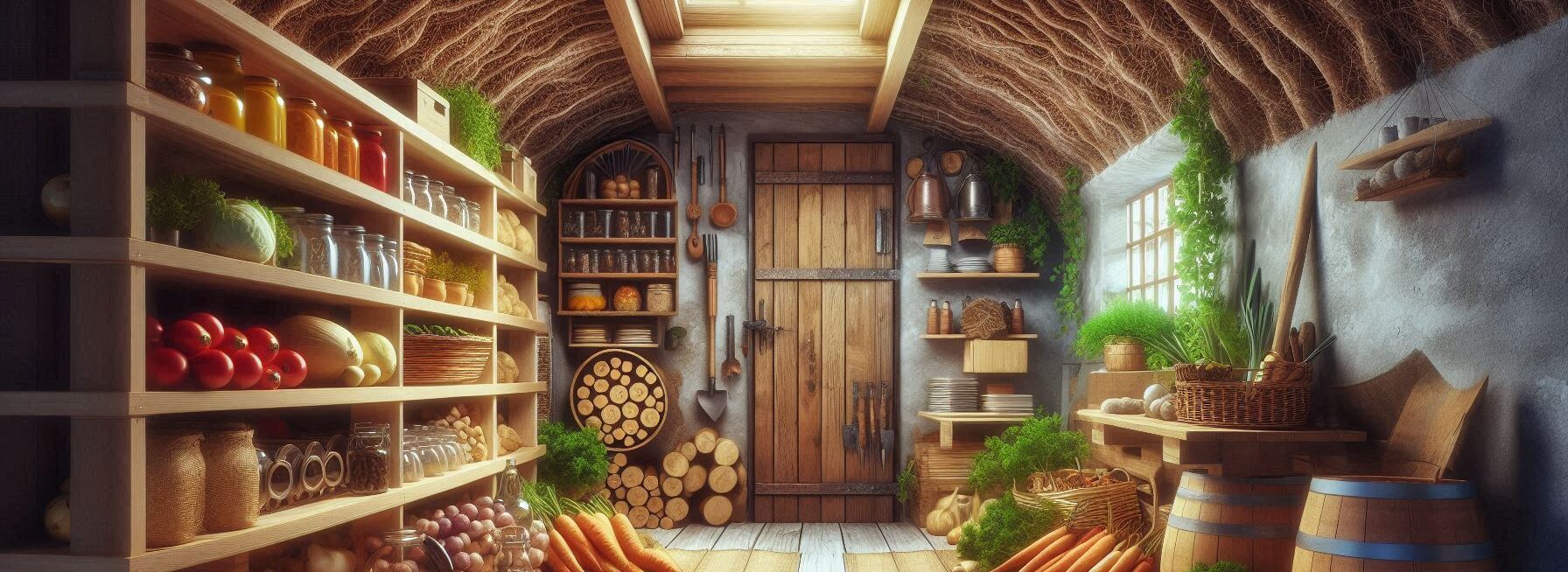Please Note: This post may contain affiliate links. If you click one of them, we may receive a commission at no extra cost to you. As an Amazon Associate, I earn from qualifying purchases.
Last Updated on November 2, 2025 by Kevin Collier
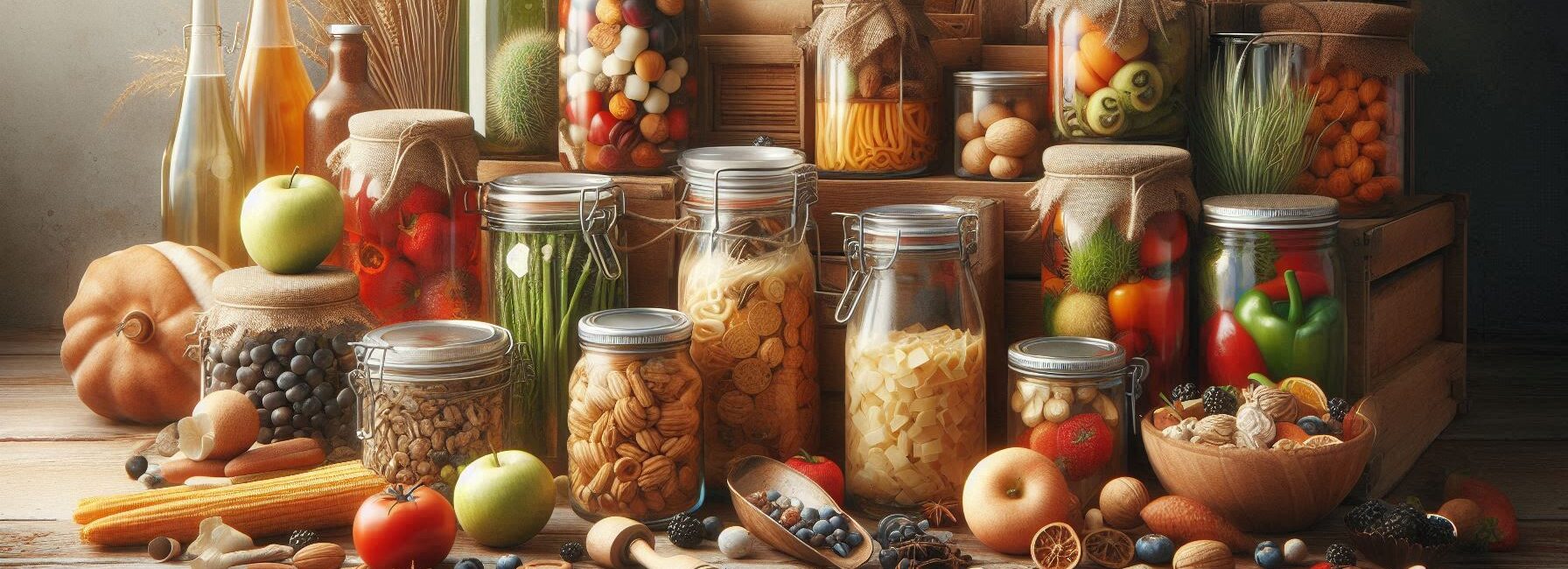
Top Takeaways and Key Concepts
- Freeze fruits, vegetables, and leftovers in portions to preserve freshness.
- Use canning for fruits, vegetables, and sauces, following safety guidelines.
- Dehydrate fruits and vegetables for lightweight, long-lasting snacks.
- Store all preserved food in airtight containers to maintain quality.
- Try fermentation like sauerkraut or pickles to create flavorful, long-lasting foods.
You sometimes find yourself peeking into the pantry, right? There you are, staring at that can of soup from 2015, feeling like it’s some kind of mystery. Is it still good? Who knows! It's like opening a time capsule filled with old snacks and memories of takeout nights.
You’re definitely not alone in this. So many of us have that moment. You expect to find something delicious, but it turns into food roulette. Sometimes you discover those half-eaten bags of chips that just might have turned into a science experiment.
No worries, though! Preserving food for a long time can be easy peasy. No need for secret handshakes or fancy equipment. Anyone can do it. You just need to know a few simple tricks.
First up, think about freezing. It’s like a time machine for food! You can freeze fruits and veggies. They’ll taste fresh way later. Just wash them, chop them up if you want, and pop them in a freezer bag. Easy, right?
Canning is another great option. You can turn those fresh tomatoes from summer into tasty salsa for winter nights. Just look up a beginner's guide online. Canning might sound a bit tricky at first, but it can be super rewarding. Plus, it gives you a good excuse to rock an old apron.
Then there’s dehydrating. Think of making fun snacks! You can dry fruits like apples or bananas. They turn into crunchy bites that are perfect for munching. Just slice them thin, throw them in a dehydrator, and boom! You’ve got healthy snacks that last.
Don’t forget about proper storage. Keep things in airtight containers. It keeps bugs away and helps your food stay fresh longer. Plus, if it looks pretty, you might actually want to eat it.
Making an emergency food stash doesn’t have to be a boring chore. It can be a fun family project. Get everyone involved. Make it a game to see who can come up with the weirdest food combos that could survive a month!
When you’re prepared, it takes the stress out of those surprise emergencies. You won’t be staring at that old soup can wondering what to do. Instead, you’ll have a pantry full of goodies ready to go. So next time you check your shelves, you might just find a treasure instead of a mystery!
*** Shop for Survival Gear - Tools - Kits ***
Survival Gear - Bags and Backpacks - Knives - Boots/Footwear - Communication
Outdoor Cooking - Gloves - Hydration - Dry Boxes - Water Filtration Systems
Tents - Sleeping Bags - First Aid Kits - Multi-Tools - Flashlights - Fire Starters
Navigation - Survival Food - Night Vision - Headlamps - Stun Guns - Binoculars
Understanding Food Preservation: The Basics
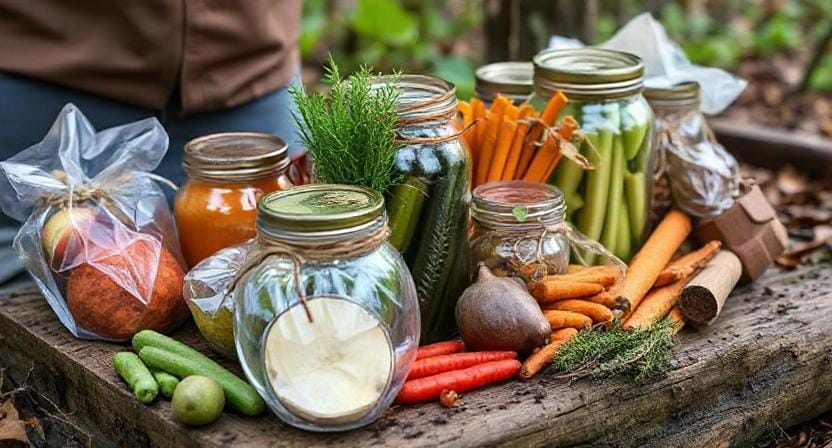
First off, what exactly is food preservation? It’s basically a way to prevent food from spoiling faster than my New Year’s resolutions. There are several techniques out there, but they all boil down to one main goal: keeping bacteria at bay while maintaining flavor and nutrients.
Whether you're preparing for a zombie apocalypse (you know it could happen) or just want to save money by buying in bulk, knowing how to preserve food is essential.
Imagine this scenario: you’ve just returned from a weekend camping trip with an impressive catch of fish and an equally impressive sunburn.
Instead of letting those fish go bad in your fridge while you contemplate whether sunscreen really works, why not preserve them? You’ll be the envy of all your friends when you whip out homemade smoked salmon months later during game night!
Canning: Your New Best Friend
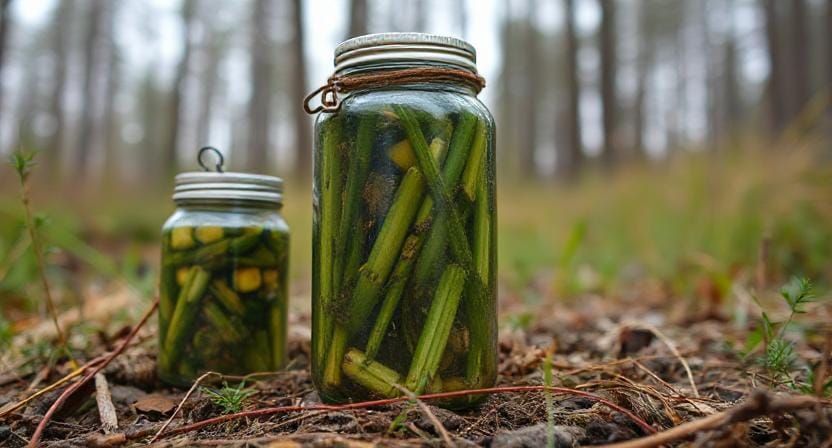
Let’s talk about canning—the process where jars become magical time capsules for deliciousness. Canning has been around since Napoleon was trying to feed his army (and probably wishing he had better options). All you need are some glass jars, lids, and a canner—or as I like to call it, the “magic bubbling pot.”
To begin with, make sure everything is squeaky clean; no one wants uninvited guests crashing their canned goods party! You can preserve fruits, vegetables, sauces—you name it! Just remember that pressure canning is vital for low-acid foods like green beans; otherwise, you might end up with something resembling science fiction instead of dinner.
By the way, I once tried canning tomatoes on a whim without reading the instructions first (because who needs directions?). Let me tell you—it was like watching a horror movie unfold in my kitchen. Don’t be like me; follow guidelines closely for safe and tasty results!
Dehydrating: A Dry Adventure

Next up on our culinary journey is dehydrating—where moisture goes to die! This method removes water from food so bacteria can't thrive. Think about it: dried fruits are great snacks on hiking trips because they weigh less than my backpack full of “essentials” that I never use.
You don’t need fancy equipment either; an oven set at low heat works wonders if you're not ready to invest in a dehydrator yet (but honestly, they’re pretty cool). Slice up apples or bananas and pop them in until they resemble fruit chips rather than mushy messes.
Interestingly enough, I learned the hard way that leaving them in too long turns them into crispy little bricks—not exactly what I was going for when craving a healthy snack during movie night! So keep an eye on things while they dry out.
Freezing: Chill Out!
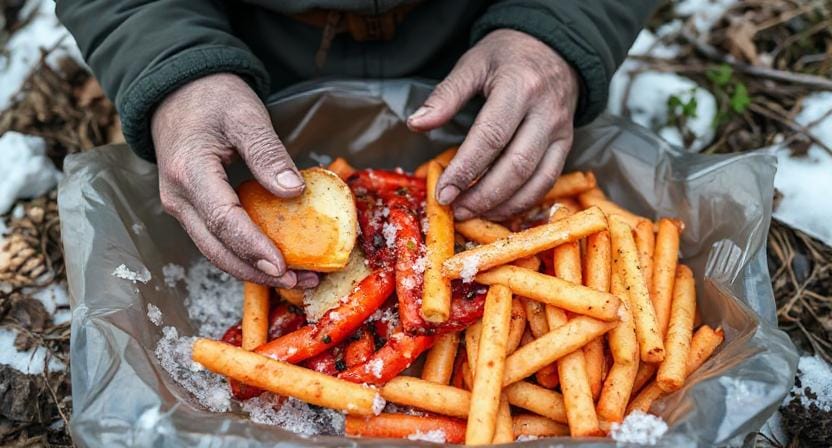
Now let’s chill—literally—with freezing! Freezing is like hitting the pause button on freshness; it stops spoilage dead in its tracks. You can freeze almost anything—from meats and veggies to leftovers from last week’s taco Tuesday fiesta (which may or may not have involved too much cheese).
Before tossing items into the freezer willy-nilly though, consider portioning things out. No one wants to defrost an entire lasagna only to find themselves eating frozen pizza three days later because they forgot about it—trust me; I've been there!
Speaking of which, label everything clearly because nothing feels worse than pulling out what looks like meatloaf only to discover it's actually last year’s birthday cake hiding under layers of ice crystals.
Fermentation: The Tangy Twist
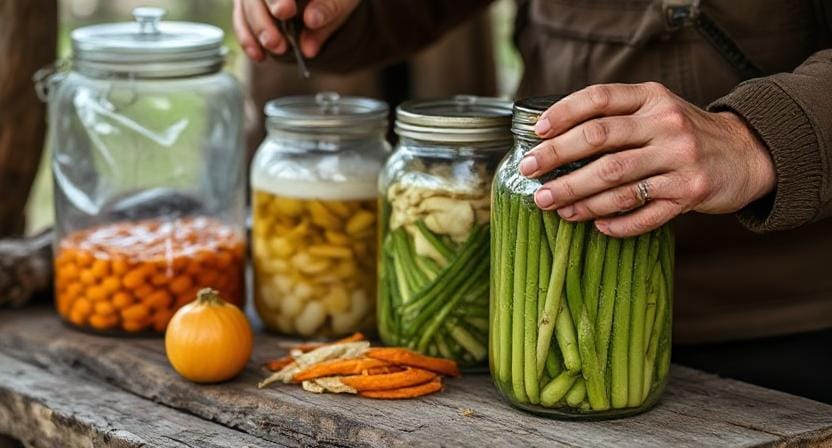
Lastly—and perhaps most excitingly—is fermentation! This ancient technique transforms ordinary foods into tangy delights through good bacteria—a bit like how life transforms ordinary people into parents after sleepless nights with toddlers.
Think sauerkraut or pickles—deliciousness achieved through patience (and maybe some funky smells). Fermentation requires specific conditions but once mastered will give your meals a unique flair that’ll impress even your most discerning friends—or at least distract them from whatever burnt offering you've prepared as the main dish.
Honestly though? My first attempt at making kimchi resulted in something best described as “fragrant.” But hey—I’m still here telling tales about my culinary misadventures!
Conclusion: Stock Up and Enjoy
We did it! Preserving food is more than just smart. It’s like a fun game in the kitchen! You get to be creative with your meals. Imagine whipping up something tasty even when the power’s out or when you’re trying not to hit that takeout button…again.
Think about camping under the stars. You want yummy snacks or meals that are easy to make, right? With some preserved goodies, you can enjoy a feast by the campfire instead of munching on boring trail mix all night. Picture this: a tasty veggie stew made from your own canned vegetables. Sounds awesome, huh?
Preparing your home for anything that comes your way is always a good idea. We don’t know what might happen. That’s life! But having a stash of delicious food means you won’t be wondering what to eat later. You can grab a jar of your homemade pickles or some dried apples instead of stressing about what's for dinner.
Not only is preserving food useful, but it may also be fun. Think about how much fun it would be to try out new dishes and flavors. Who wouldn't want to surprise their family or friends with a meal they created themselves?
And that jar of pickles could be a big hit! Everyone will be curious about your secret. You might even be able to brag to your buddies about it. “These are my pickles!” It's like turning into a food superhero and rescuing the day with your munchies.
So, get some jars and get to work! Make sure the kids are participating. It will be like a little adventure. You might be shocked at how good it feels to save food. You might come up with some great dishes or save a lot of money on groceries! Happy preserving!
Frequently Asked Questions
What is the easiest food preservation method for beginners?
Freezing is often the simplest because it requires minimal equipment and preserves flavor and nutrients well.
How long can dehydrated foods last?
Properly dried fruits and vegetables stored in airtight containers can last months to over a year depending on storage conditions.
Is canning safe for low-acid foods?
Low-acid foods require pressure canning to prevent bacteria growth and ensure safe long-term storage.
Why should preserved foods be stored in airtight containers?
Airtight containers protect food from moisture, pests, and air exposure which helps maintain quality and shelf life.
Can fermentation be used for long-term storage?
Fermentation can extend shelf life significantly, especially when stored in cool conditions, and also adds beneficial probiotics.
Can leftovers be frozen for later use?
Yes, freezing leftovers in small portions makes reheating easier and prevents waste.
Do different foods require different preservation methods?
Yes, some foods freeze better while others are better suited for canning, dehydrating, or fermenting based on texture and moisture content.
Suggested Resources:
The Ultimate Guide to Home Canning
https://www.extension.org/pages/16855/the-ultimate-guide-to-home-canning
How To Dehydrate Food at Home
https://www.theprairiehomestead.com/how-to-dehydrate-food-at-home/
Freezing Fruits & Vegetables
https://www.fruitsandveggiesmorematters.org/freezing-fruits-and-vegetables
Fermenting Foods for Beginners
https://www.wildfermentation.com/

Kevin Collier is a seasoned survivalist and expert in prepping and homesteading, contributing to WiseSurvive.com. With a deep-rooted passion for self-sufficiency and outdoor survival skills, Kevin shares practical advice, strategies, and resources to help individuals prepare for any challenge. His informative articles cover a range of topics, from essential survival techniques to sustainable living practices, empowering readers to thrive in any situation. Whether you're a novice or a seasoned prepper, Kevin's insights will inspire you to take charge of your readiness and build resilience for the future.




